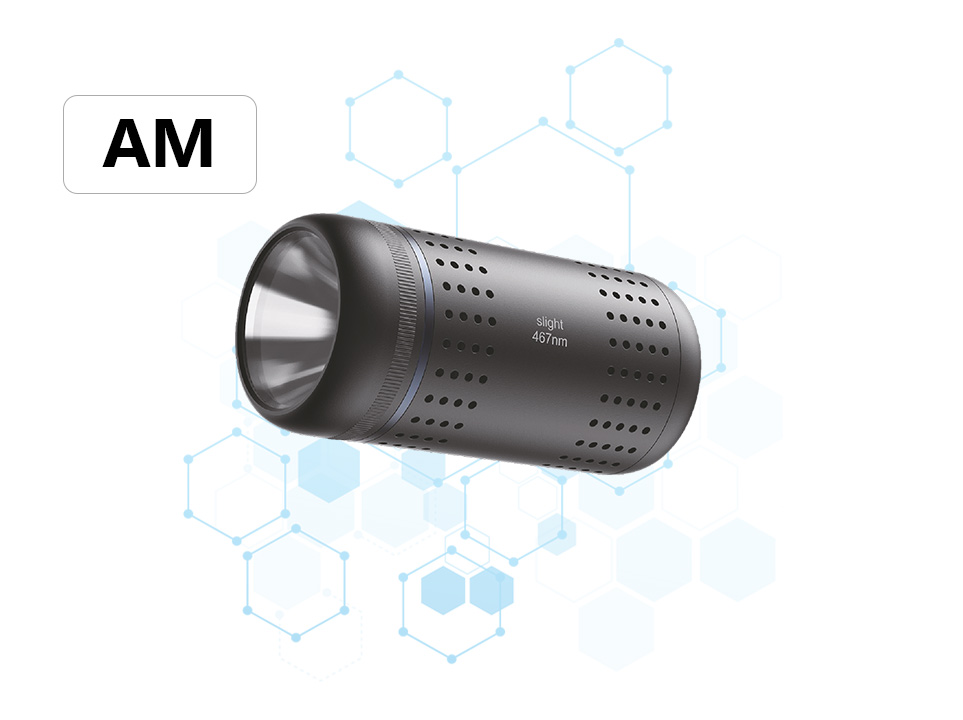The Channel Design Principle of Glass Microchannel Photoreactors
The channel design principle of glass microchannel photoreactors embodies the pursuit of precise control and efficient progress of chemical reaction processes. The following is a detailed elaboration on its channel design principle:
The core of glass microchannel photoreactors lies in their microchannel design. These microchannels feature extremely small dimensions, with widths typically ranging from 0.1mm to 3mm, and some even having equivalent diameters of less than 500µm. This minute size design enables reactants to mix rapidly and uniformly within the microchannels, significantly reducing the diffusion distance between reactants and thus enhancing reaction efficiency. Additionally, the extremely short distance between fluid thin layers within the microchannels facilitates mass and heat transfer between reactants, enabling the reaction to achieve higher conversion rates in a shorter time while reducing byproduct formation.
In terms of channel structure, glass microchannel photoreactors often adopt an integrated multilayer glass design, with the reaction layer positioned between upper and lower heat transfer layers. Heat transfer media flows through these layers, enabling precise control over the reaction temperature. This design not only improves the selectivity and yield of the reaction but also ensures the safety and stability of the reaction process.
Furthermore, the channel design of glass microchannel photoreactors takes into account the utilization of light energy. Due to the excellent optical properties of glass materials, its high light transmittance allows light energy to fully penetrate into the microchannels, where it is effectively absorbed by catalysts and converted into chemical energy to drive the reaction forward. The light-excited characteristics enable certain components in the reaction system (such as catalysts) to reach an excited state. These excited-state substances react with reactants under enhanced mass transfer conditions, further increasing reaction rates and efficiency.
In summary, the channel design principle of glass microchannel photoreactors embodies the pursuit of precise control and efficient progress of chemical reaction processes. Through features such as minute channel dimensions, integrated multilayer glass structures, and efficient utilization of light energy, these reactors achieve rapid mixing of reactants within microchannels, enhanced mass and heat transfer, and efficient photocatalytic reactions.





